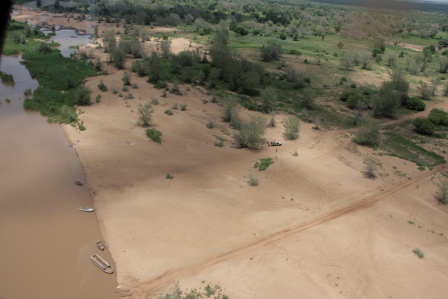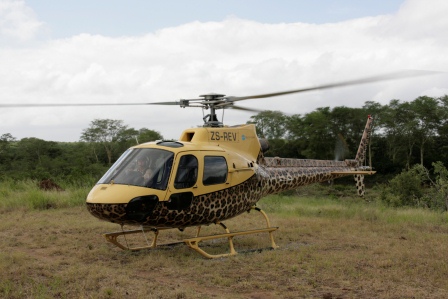14 February 2012
What’s life like in the bush in such a remote place, people ask me.
Well, it’s certainly different. Completely out of the loop, other than for the things I bring along and whatever contact I have via satellite.
There are no demarcated days, for instance. No grudging, traffic-snarled Mondays, hectic Fridays or quiet, lazy Sundays. And no Valentine’s card on my pillow today. They’re all the same. What does leave a marker in the patient pages of time are things like storms, full moon or other happenings. So it’s not Tuesday the 14th today, it’s three days after the rain.
One’s senses also retune to their natural default setting. Other than for the occasional thunder clap or vocal outburst of elephant rage, there are no loud noises in the bush. The only sounds are those of the breeze and the insects and the constant, gentle conversation of birds. When a hyena calls or a hippo exhales, it sounds almost startlingly loud against such a soft background of jungle rustle.
There are no bright- or flashing lights here either. Just the soft, yellow flame of a paraffin lantern or, at most, the beam of my flashlight. Colour is also limited; everything’s in shades of green, brown or grey. Only when I open my food chest do I see bright, attention-grabbing colours. When I go to town again after a sojourn in such a muted environment, it’s as if everything is screaming too loud.
Talking about that; in the bush one finds oneself outside the crazy spin of consumerism. No shops here, no nice-to-haves, no in-your-face goods, no fashion. Just what you really need. And that, one comes to realize, is actually very little. In fact, when I walk into a shop again after weeks in the bush I’m awed by how much there is on the shelves that’s unnecessary.
Yes, it’s only when you step out of it for a while that you realise quite how blinded, bloated and unashamedly wasteful our society has become. So that’s what living in the bush is like, I guess: It’s real.

Freshly distilled from the clouds. Do we really need to buy bottled water? (And does it really make sense to pay for gutters and channels to dispose of free, fresh rainwater, and to then have to buy treated water from the municipality?)

My cross-ventilated bathroom. (Materials from Bush Building Supplies, hot water from Mopane Energy Corp.)






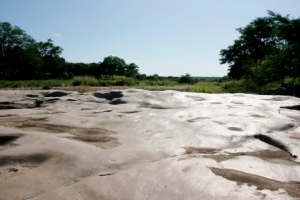
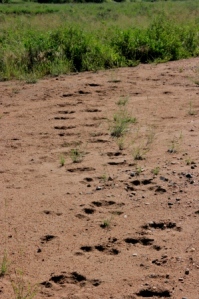





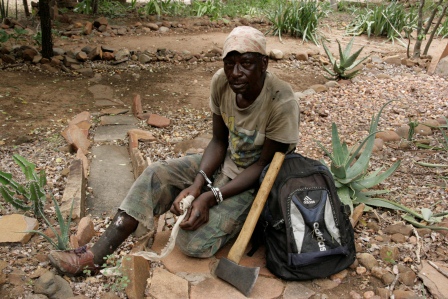


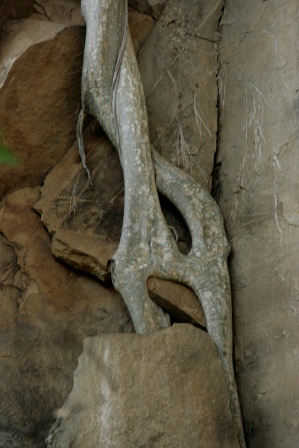

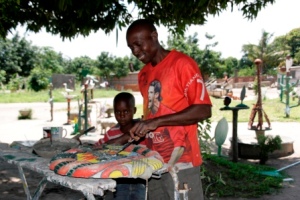
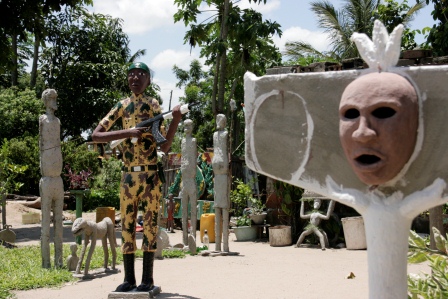


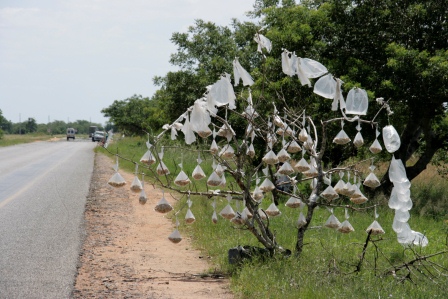
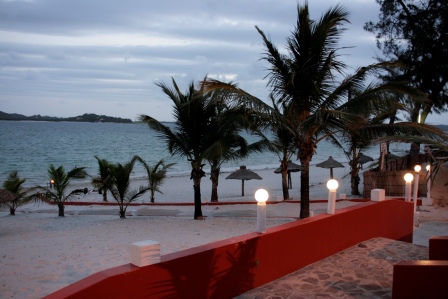



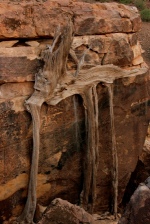

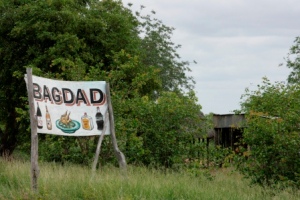

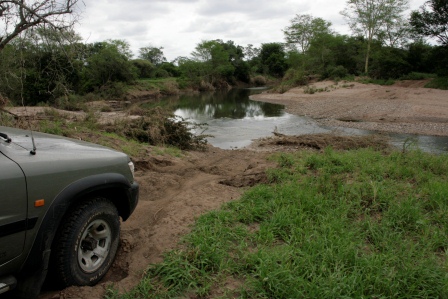
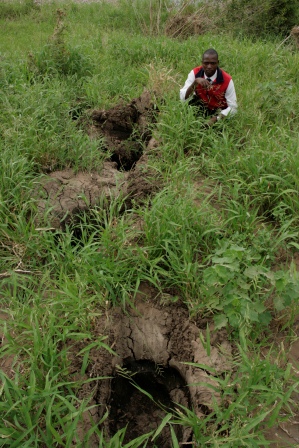
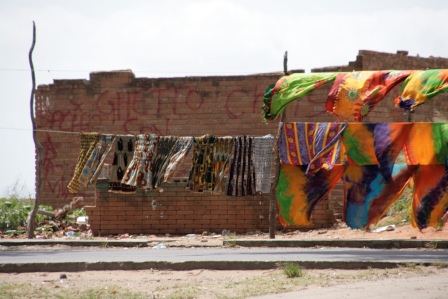






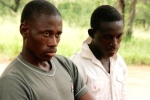
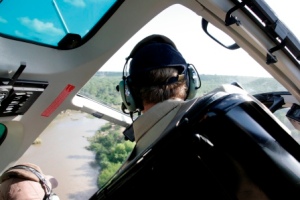







 We fly low, following the two wheelruts that snake through the trees below us, all eyes alert for a vehicle or a messenger on foot. On all sides the virgin bush of the almost flat plains of Mozambique stretches away to a hazy horizon. This is big, empty country; it looks almost hostile from the air.
We fly low, following the two wheelruts that snake through the trees below us, all eyes alert for a vehicle or a messenger on foot. On all sides the virgin bush of the almost flat plains of Mozambique stretches away to a hazy horizon. This is big, empty country; it looks almost hostile from the air.